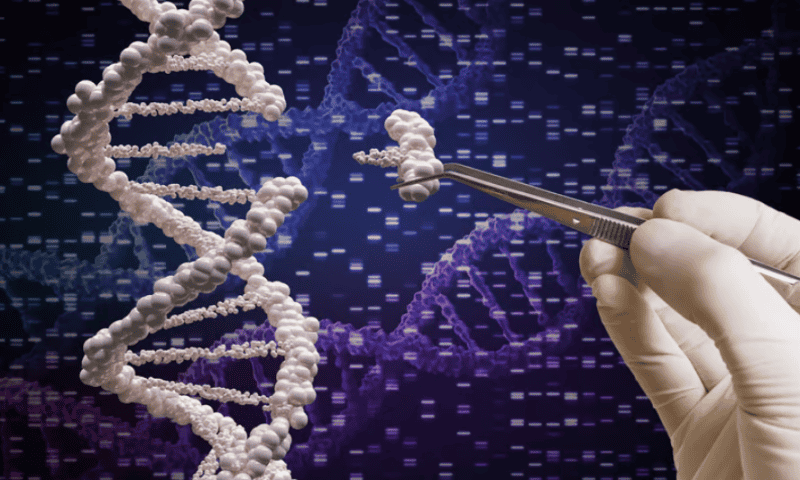Base editing has been lauded as a potential “game changer” for a broad swath of diseases, and Revvity is aiming to help usher in that change.
After exclusively licensing a base editing system dubbed Pin-point from its makers at Rutgers University, Revvity is now working to increase access to the technology. To that end, it’s launching a portfolio of reagents that’ll now be available to preclinical researchers for use with the Pin-point platform—in contrast to other base editing reagents that typically have to be custom-ordered or are otherwise difficult to obtain.
That expanded access to the Pin-point reagents will give researchers more precise tools for drug development as well as in cell line and cell therapy development, according to Revvity’s announcement this week.
“Base editing has been extensively demonstrated in numerous studies to safely and precisely control the correction of single base changes at multiple target sites, simultaneously,” said Michelle Fraser, head of cell and gene therapy at Revvity. “This streamlined approach simplifies complex multi-gene editing, holding great promise for the development of new cell therapies targeting rare inherited genetic diseases, cancer, and in the creation of universal donor cells as the foundation of allogeneic cell therapies.”
The reagents initially launched by Revvity include a handful of mRNA and guide RNA offerings that target certain genes and proteins found in immune system-protecting T cells and induced pluripotent stem cells—enabling potentially therapeutic edits to disease-causing mutations in those structures.
Meanwhile, other guide RNAs for use with the Pin-point base editing system can still be custom ordered through Revvity’s Dharmacon tool.
In the base editing process, a short RNA sequence acts as a guide, leading a modified CRISPR-Cas9 enzyme to a specific DNA target. Once there, the Cas9 nicks one strand of the DNA in the proper location, while a recruited deaminase enzyme swaps out the desired base on the opposite strand. That modification is then used as a template for the nicked strand to repair itself, thus completing the base pair conversion.
Base editing, which stems from CRISPR gene editing techniques, has been described as “spell check” for mutated genes in comparison to the “cut-and-paste” approach of the original CRISPR technology. Base editing changes just a single DNA base letter, while CRISPR slices through both strands of DNA to cut out a mutation string or add one into the lineup before allowing the cell’s own repair mechanisms to heal over the breaks.
Revvity began licensing out the Pin-point platform earlier this year, with AstraZeneca as its first customer. According to the companies’ May announcement, the U.K. drugmaker plans to use the technology to create universal donor cells that could then be used in the development of new cell therapy treatments targeting cancer and other immune-mediated diseases.
Financial terms of their nonexclusive deal weren’t disclosed, but a Revvity spokesperson confirmed at the time that it included upfront, milestone and royalty payments.

